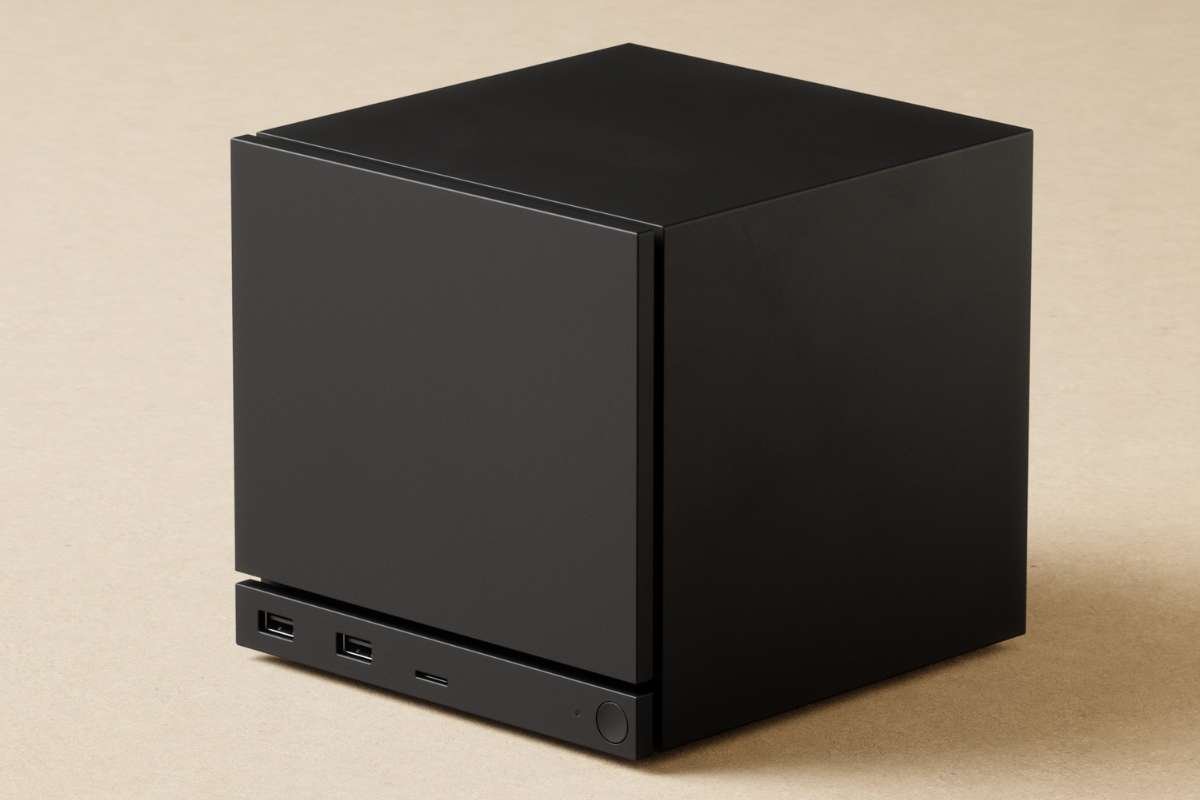Key Points:
- Windows 10 support ended on Oct 14, 2025.
- Upgrade or switch OS to stay secure.
- Legacy systems increase cyber risk.
After nearly a decade of service, Microsoft has officially ended free support for Windows 10 as of October 14, 2025, marking the close of one of the most widely used operating systems in history. The change means users will no longer receive free security updates, patches, or technical support from Microsoft. While devices running Windows 10 will continue to function, they are now more susceptible to malware, data breaches, and new security threats.
Windows 10, released in 2015, became a cornerstone for millions of businesses and personal users worldwide. Despite the launch of Windows 11 in 2021, roughly 40% of active Windows users still rely on Windows 10 largely because of older hardware compatibility and user familiarity. However, Microsoft has emphasized that the decision to end support is necessary to maintain modern security standards and move toward a more resilient digital infrastructure.
The Security Risk and User Options
With the end of free support, experts warn that unpatched systems could soon become prime targets for hackers and malicious software. Once new vulnerabilities emerge, Microsoft will no longer provide fixes, creating potential loopholes that cybercriminals could exploit. Organizations and individual users are advised to act quickly to protect their data and devices.
Microsoft has outlined several paths forward for affected users:
- Upgrade to Windows 11: Devices meeting minimum requirements (4 GB RAM, 64 GB storage, and TPM 2.0) can transition directly to Windows 11, ensuring continued updates and security protection.
- Extended Security Updates (ESU): For systems unable to upgrade, Microsoft will offer paid extended updates until October 2026. This option provides temporary protection, though it is not a permanent solution.
- Switch to Another Operating System: Users with outdated hardware can install a Linux distribution such as Ubuntu or opt for ChromeOS Flex, both of which support older devices efficiently.
- Buy a New PC: Purchasing new hardware with Windows 11 preinstalled remains the most seamless long-term option, with several PC makers offering trade-in or recycling programs for older models.
These alternatives ensure that users have a path forward—though each requires varying levels of technical effort, cost, and adaptation.
A Shift in the Global Tech Landscape
The discontinuation of Windows 10 support marks more than a technical milestone—it symbolizes a broader shift in the tech ecosystem toward mandatory modernization. As Microsoft focuses on cloud integration, AI-driven performance, and enhanced cybersecurity in Windows 11, the era of long-term reliance on legacy systems is fading fast.
However, this transition also highlights global disparities. In regions where hardware upgrades are expensive or less accessible, millions may continue using unsupported systems, potentially widening the digital security gap. Analysts suggest that smaller businesses and educational institutions could be among the hardest hit, facing increased cyber risks without the resources to upgrade immediately.
For Microsoft, the end of Windows 10 represents a necessary evolution. For users, it’s a wake-up call to rethink their digital safety. The message is clear—continuing with Windows 10 is possible, but it comes with rising risks and diminishing returns. As the tech landscape moves forward, adapting early remains the smartest defense.


















